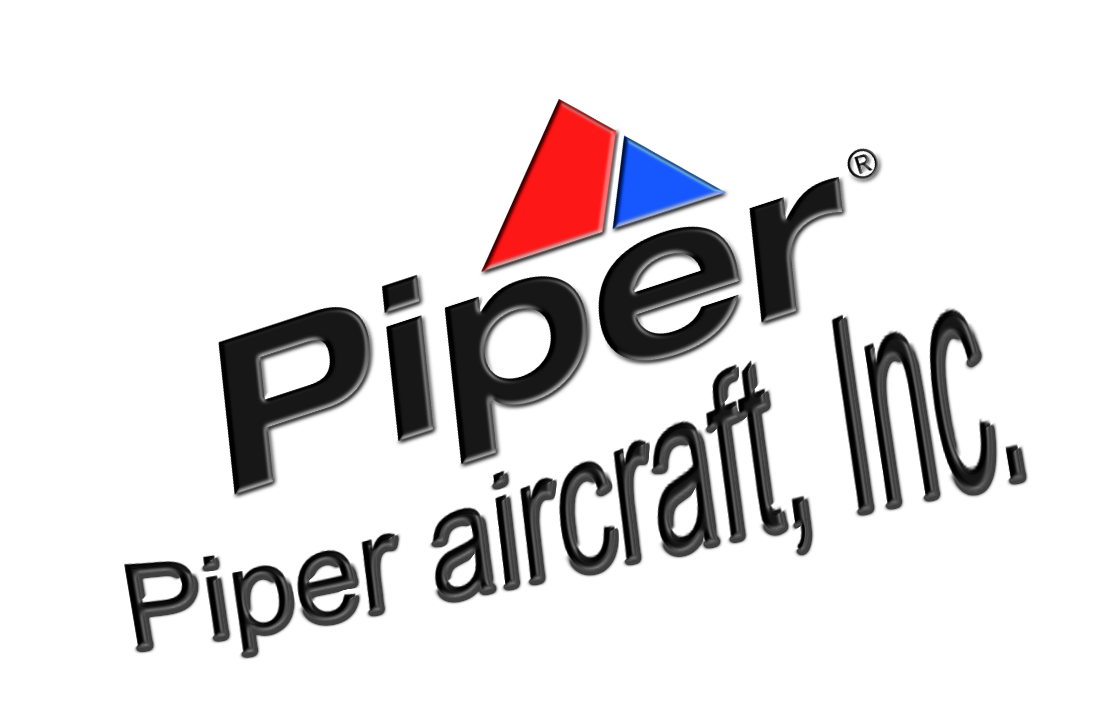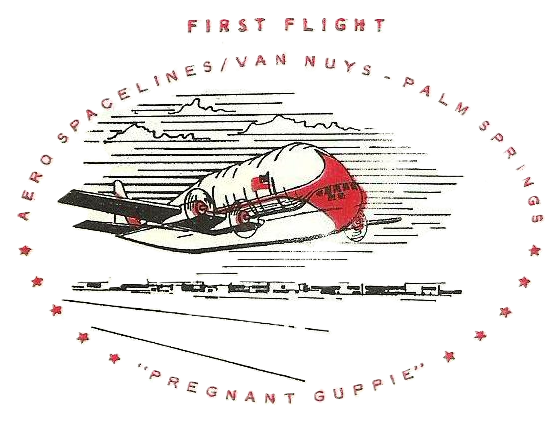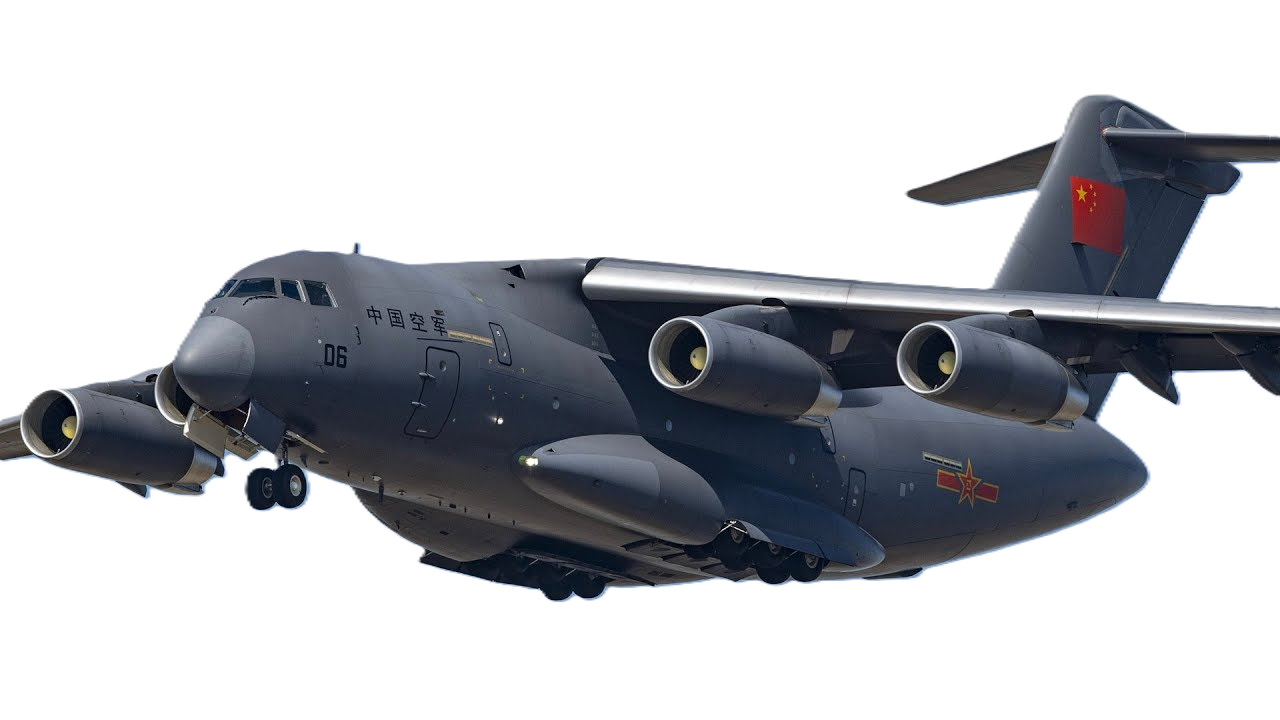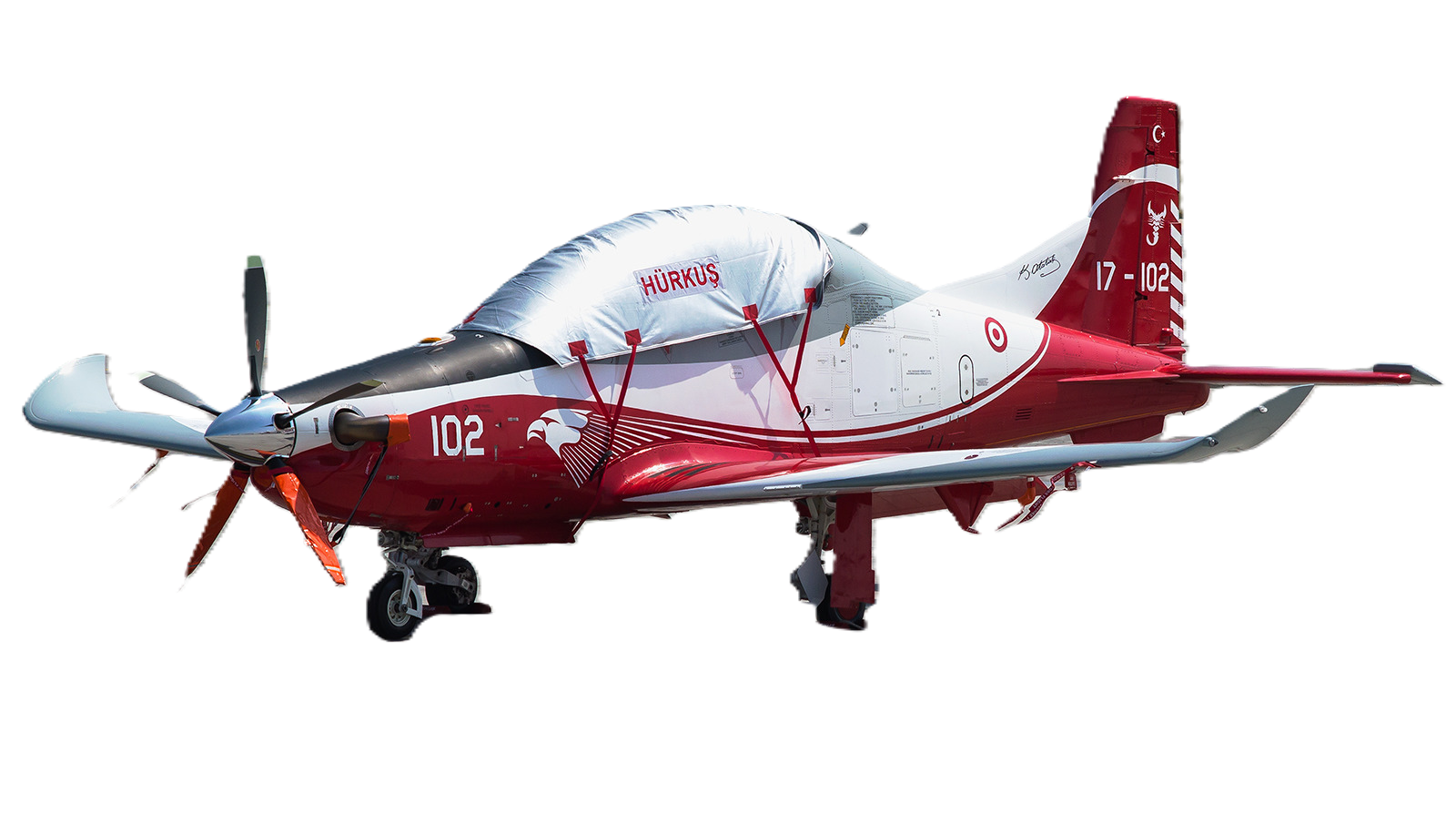Saab 32 Lansen
" Lance"
build 1954–1960
 |
|
| General information | |
|---|---|
| Type | |
| Manufacturer | Saab AB |
| Primary user | Swedish Air Force |
| Number built | 450 |
| History | |
| Manufactured | 1954–1960 |
| Introduction date | 1956 |
| First flight | 3 November 1952 |
| Retired | 1997 |
.
History Saab AB (originally Svenska Aeroplan Aktiebolaget
Saab 32 Lansen " Lance"
Manufactured 1954–1960

The Saab 32 Lansen (English: Lance) is a two-seat, transonic military aircraft designed and manufactured by the Swedish aircraft manufacturer Saab AB.
Development of the Lansen commenced in late Autumn 1946 as a successor to the Saab B 18/S 18 attack aircraft, although an initial contract for the design and mockup of Saab's proposed P1150 design was not issued until December 1948. As the design was refined, plans to use the indigenous STAL Dovern turbojet engine were put aside due to technical difficulties in favour of the license-built Rolls-Royce Avon powerplant instead. On 3 November 1952, the first prototype performed its maiden flight; following flight testing and several refinements, series production of the type commenced during the following year.
Design

The Saab 32 Lansen had a straightforward general arrangement, being one of the first aircraft in the world to be specifically developed to fly attack missions.[5] From the outset, it was designed to effectively accommodate the installation of electronic warfare and various weapons systems. The aircraft could be armed with a total of four 20 mm cannon, as well as wing pylons for various calibers of rockets and assorted bombs. The J 32 variant carried four 30 mm ADEN cannons while the A 32 ("A" stands for attack) had an armament of four 20 mm Bofors m/49 cannon hidden under flaps in the nose. The J 32 differed substantially from the other variant, Saab describing it as "to all intents a new aircraft", being fitted with a more powerful engine and newer armaments and different radar.
Variants


- A 32A
- Ground-attack and maritime-strike version. 287 aircraft built between 1955 and 1957, retired in 1978. Armed with four 20 mm Bofors M/49 cannons and could carry two SAAB RB 04 missiles, unguided rocket pods and a variety of different bombs up to 3x600 kg bombs. Equipped with Radarvarnare F9/5 Radar warning receiver and Box-3 chaff dispenser.
- J 32B
- All-weather fighter version initially operated only for bad weather and night fighter duties. Two prototypes and 118 production aircraft built between 1958 and 1960, retired in 1973. Armed with four 30 mm ADEN guns, Rb 24 missiles (license-built AIM-9 Sidewinder), or 75 mm unguided rocket pods. J 32B was powered by more powerful Svenska Flygmotor RM6A (Rolls-Royce Avon Mk 47A) engine.
0
KmCeiling
0
KmCombat RANGE
0
MachAircraft Speed
0
Max Crew
Photo Gallery
Saab AB originally Svenska Aeroplan Aktiebolaget
Saab 32 Lansen " Lance"
Manufactured 1954–1960


Saab AB Svenska Aeroplan Aktiebolaget
Saab 32 Lansen " Lance"
Manufactured 1954–1960
General Info
-
-
- Crew: 2
- Length: 14.94 m (49 ft 0 in)
- Wingspan: 13 m (42 ft 8 in)
- Height: 4.65 m (15 ft 3 in)
- Wing area: 37.4 m2 (403 sq ft)
-
Powerplant
-
-
- Empty weight: 7,500 kg
- Max takeoff weight: 13,500 kg
- Powerplant: 1 × Svenska Flygmotor RM6A afterburning turbojet engine, 47 kN (11,000 lbf) thrust dry, 65.3 kN (14,700 lbf) with afterburner
-
Performance
- Maximum speed: 1,200 km/h
- Range: 2,000 km
- Service ceiling: 15,000 m
- Rate of climb: 100 m/s (20,000 ft/min)
Related development
-
- Guns: 4 × 30 mm ADEN cannons 90 rounds each
- Rockets: 4 × 75 mm air-to-air rocket pods
- Missiles: 4 × Rb 24 air-to-air missiles
.
Links to Youtube & Others
The A 32 Lansen was Sweden's last purpose-built attack aircraft. The replacement of the A 32A formally began in June 1971, the more advanced Saab 37 Viggen being slowly used to take over its attack responsibilities
Saab 32 Lansen " Lance"
Manufactured 1954–1960
By 2010, at least two Lansens were still operational, having the sole task of taking high altitude air samples for research purposes
Youtube Link
As of April 2020 all aircraft have been withdrawn from active service.[6]










.png)


